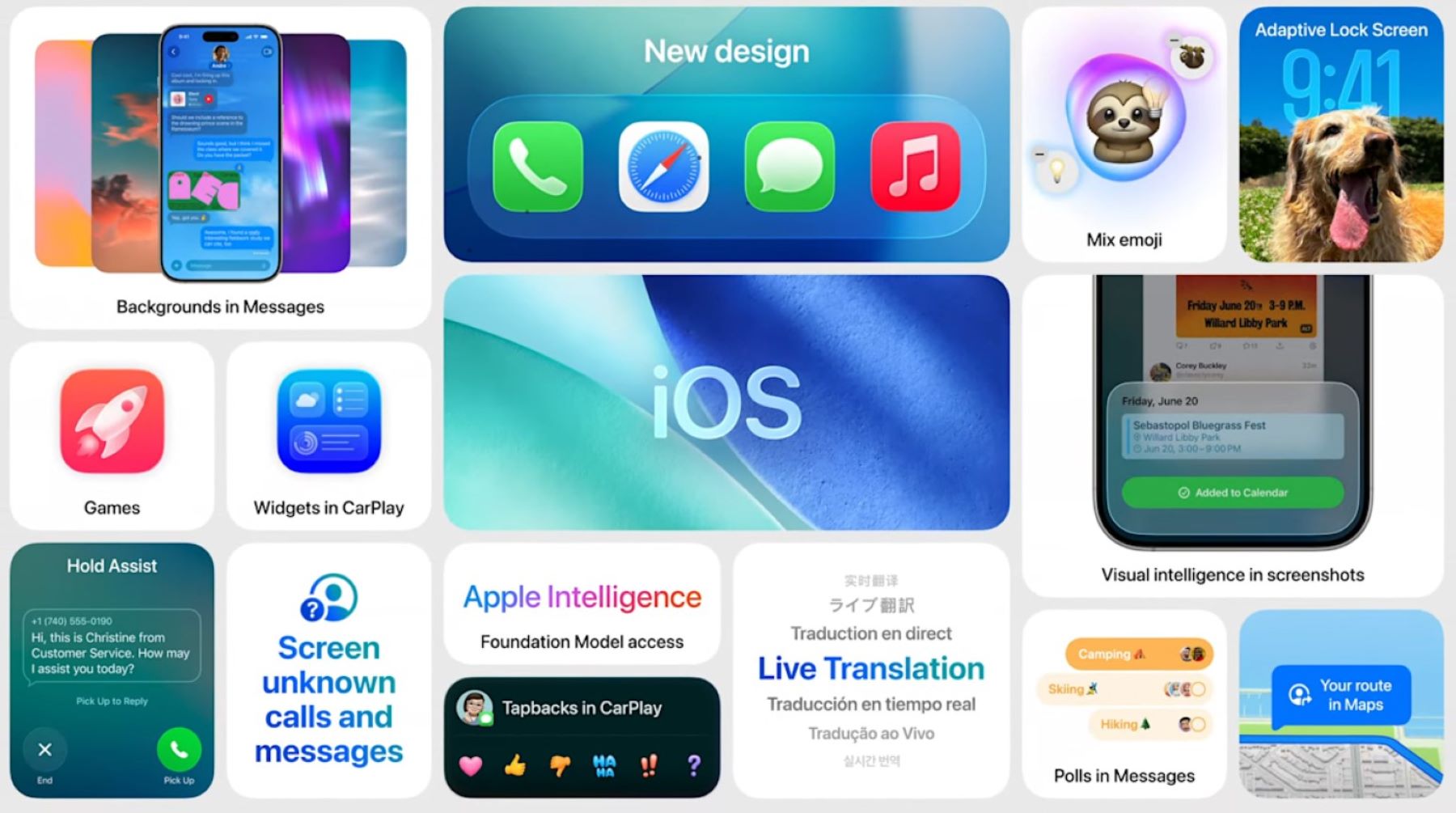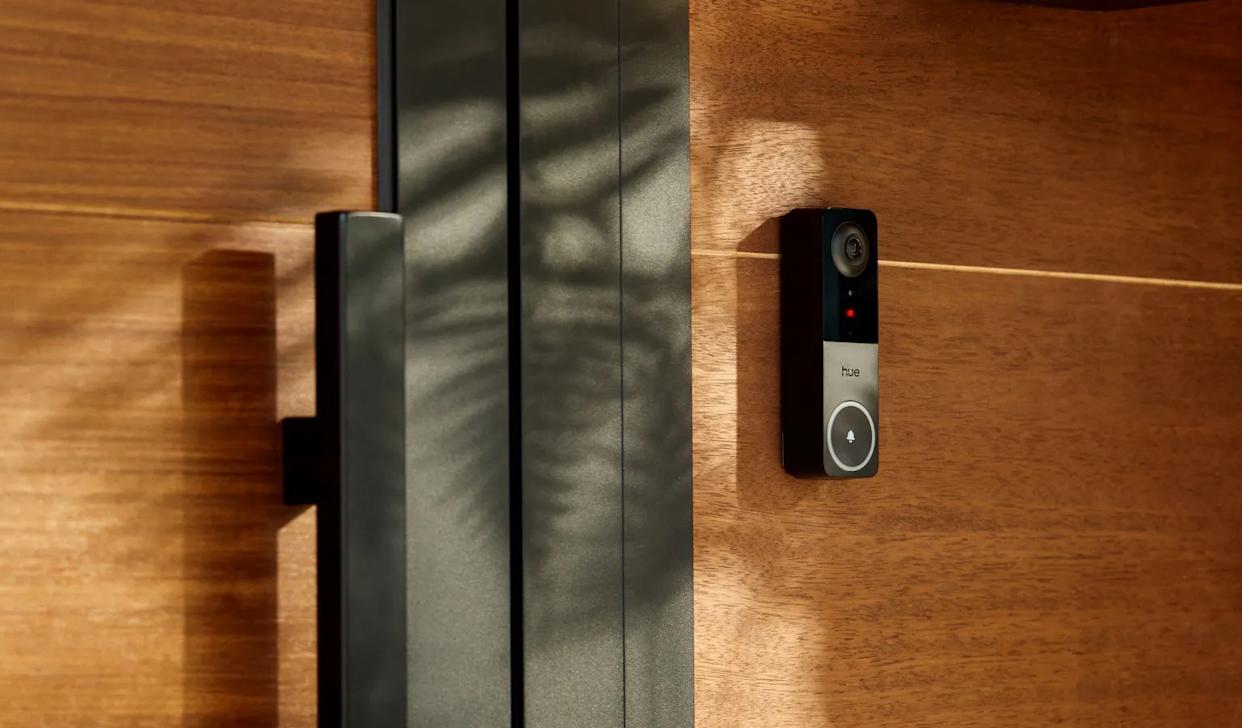Led by David Burrows, professor of astrophysics and astronomy at Penn State University, a team of researchers has been reviewing the phenomenon of a black hole eating up a star in an event known as tidal disruption. Their finding is published in the journal Nature on October 22.
The black hole is calculated to be several million times the mass of our sun, and the incident occurred at the middle of the PGC 043234 galaxy which is 290 million light-years away from Earth. The event of a black hole shredding a star has not been observed for nearly a decade, and this recent incident provides space scientists with the knowledge on space mysteries.
Burrows and his colleagues at Penn State observed the event by using the Swift observatory – a satellite explorer mission that is designed by scientists to gather data on the activity of black hole in deep space.
Credits: NASA/CXC/U. Michigan/J. Miller et al.; Illustration: NASA/CXC/M. WeissNASA says black holes are a region of space resulting from the collapse of a star, and they have an extremely high gravitational field. Light cannot escape the thick space because of its strength. Tidal disruptions occur when the intense gravity of the black hole creates tides that have the power to shred stars to happen to get too close and then reduce it to a mere interstellar gas.
When the star is reduced to a stellar gas or debris, it is thrown out at very high speed and the remaining part is brought back into the black hole and starts to move round it just like an accretion disk or like the whirlpool that is created when a plug is removed from a tub full of water.
When the black hole draws the stellar gas into its center, this heats up so much to millions of degrees and they generate a huge amount of X-ray light which can then be observed for months or years when the observer knows where he must look to see it.
Astronomers and astrophysicists used massive telescopes to be able to observe and identify the bright rays of the gamma which is indicative of stellar explosions. However, the gamma telescopes direct astronomers to know where the event is taking place in space but do not necessarily tell them what is actually happening up there.
Burrows explained that the observer can learn facts about gas at thousands of temperature degrees by looking at the optical instruments, and not only Swift observatory has been used in this regard, NASA’s Goddard Space Flight Center in Greenbelt has also been helpful to making the observation of space phenomena possible.








Add Comment